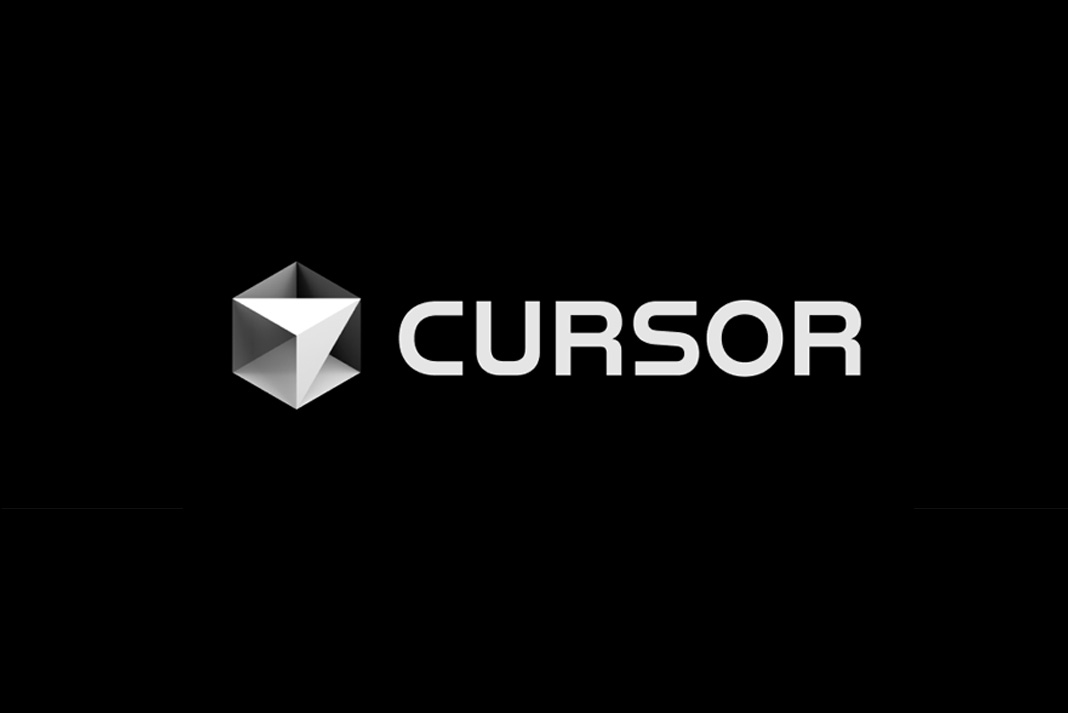If you caught wind last week, OpenAI announced GPT-5 is on the horizon, aiming for a summer 2025 release. But it’s not just another upgrade – this one sets the stage for what they’re calling “unified intelligence.” Imagine a single AI that’s not just about chatting but pulling together text, voice commands, images, documents and even live internet access in one smooth experience.
Here’s the lowdown on what’s new with GPT-5:
- Native integration with Canvas, which means interactive workspaces where you can sketch ideas and collaborate with AI in real time.
- Improved memory and personalisation that helps the AI understand you better over time, so the interactions feel more natural and tailored.
- Early agent capabilities that can automate tasks, saving you the mental load of juggling repetitive workflows.
- Multimodal interaction – talk, show pictures or documents, and the AI will get it all in one go.
Why should we care? Well, whether you’re a marketer drafting campaign briefs, a customer service lead aiming to automate basic queries or a researcher pulling insights from complex data, GPT-5 promises to act like a multi-role assistant that adapts to how you work. Instead of bouncing between apps or tools, this kind of AI could streamline your day by handling a range of tasks from one spot.
OpenAI’s announcement comes in a moment when the industry is buzzing with competition, Google, Anthropic and Meta are ramping up their own innovations. But GPT-5’s focus on blending modes of communication and AI agents marks a shift from single-task bots to broader AI collaborators.
For businesses, the takeaway is clear: start exploring how these AI agents could integrate with your existing systems, whether it’s drafting content, conducting research, or automating repetitive tasks like customer follow-ups or reporting. Teams should also get comfortable with multimodal inputs, since tapping, typing and talking to AI might soon be the norm.
Last Tuesday, as I was scribbling notes beside my laptop, I thought about how this might impact my workflow: imagine auto-summarising meeting transcripts while pulling relevant documents visually, all in the same interface. Or an e-commerce team using GPT-5’s browsing and shopping features to quickly scan competitor offers and adjust pricing strategies in near real-time.





